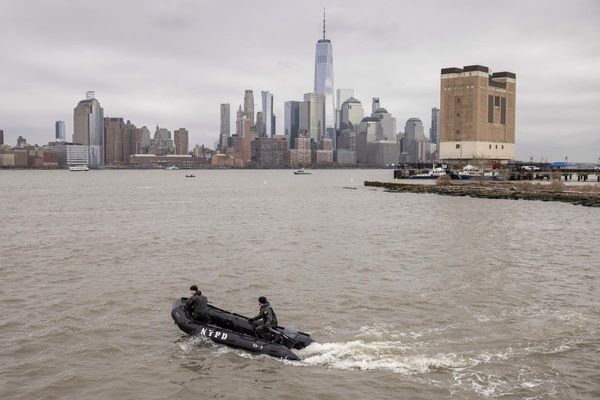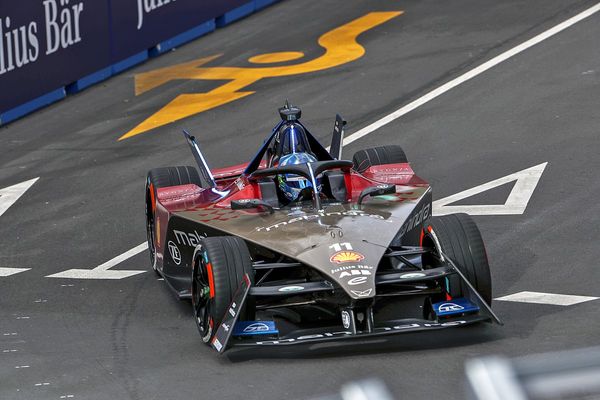
The race is situated in the Green Point area of Cape Town, overlooked by the Table Mountain and Signal Hill natural landmarks, with the circuit also featuring a high-speed section along the beachfront.
This will be South Africa's first world championship single-seater event since the 1993 Formula 1 race at Kyalami, with home hero van der Linde continuing to deputise for the injured Robin Frijns at Abt.
Van der Linde, a focus of local media attention and has thus far faced a full schedule of PR activities, says that he experienced much in the way of passion from the home crowd in the build-up to the weekend.
"Yeah, it's a big deal. And you can kind of see the reception we've had; everyone is so passionate and supportive," van der Linde told Autosport.
"The PR activities we did yesterday going between the radio shows, you kind of get a feeling for what the people are expecting and it's exciting.
"I think Cape Town really fits in so well - it's an iconic city, like the places we go to like New York, London and so forth. It really fits in that mould of iconic cities."
Asked about the challenges of the 1.81-mile circuit, which features an array of differing track surfaces and a series of manhole covers, van der Linde reckoned that wind would also be a factor as gusts are expected over the race on Saturday.
"It's difficult one to judge to be honest," he said. "I know Cape Town is crazy for the winds here.
"These cars are, let's say, sensitive to that cause we have the wings in the front and, when we're talking about 60-70kph winds, you can imagine when you're going down to Turn 8, it's going to be interesting down there.
"So we'll be communicating with engineers. They'll be telling us what's happening during the sessions, which way the wind is blowing. That's going to be a key factor."

Explaining the challenges of the circuit, Mahindra's Lucas di Grassi said that teams would have to compromise on set-up given the differing natures of the high-speed corners.
The Brazilian also anticipates an energy-intensive race, given the high level of acceleration required around the lap.
"You have bumps, but I think more important than this, you have four very high-speed corners, which we don't normally have in a street track," di Grassi explained to Autosport.
"So it's going to be very challenging for qualifying, to extract the maximum out of the car and, especially with this compromise with the different corner speeds, with the different Tarmacs and the different bumps.
"So where do you optimise the car for? Do you optimise more for that section for the bumps or for the high speed? You can never have everything.
"And then for the race, the energy - because the average speed is so high, the race is going to be maybe 36-37 minutes, the energy consumption will be very high."
Expanding on the energy demands, McLaren driver Jake Hughes felt that no-one would particularly want to be leading the race in the early stages, and that they would be trying to maintain a slipstream in order to save energy.
"I see a very fast track, one that, from a strategy point of view, you almost won't want to lead," he said.
"I think you'll want to be in the slipstream and saving energy, because the cars behind will be able to save a lot on your tow.
"And then I think we'll see quite a static race for the first third people trying to not have an energy deficit, and then it will start to open up for the attack mode as usual."
Envision's Nick Cassidy added that he was looking forward to experiencing a "really cool" circuit layout, and that it was the kind of circuit that he wanted to see in Formula E.
"We want something pretty crazy, pretty different," he said. "Maybe India was too extreme, it was a bit too dirty offline, it made it difficult to race on.
"But, in terms of the bumps, having character, I think that's really cool. It's going to be quick, yeah. Kind of like Rome, which is also cool."










